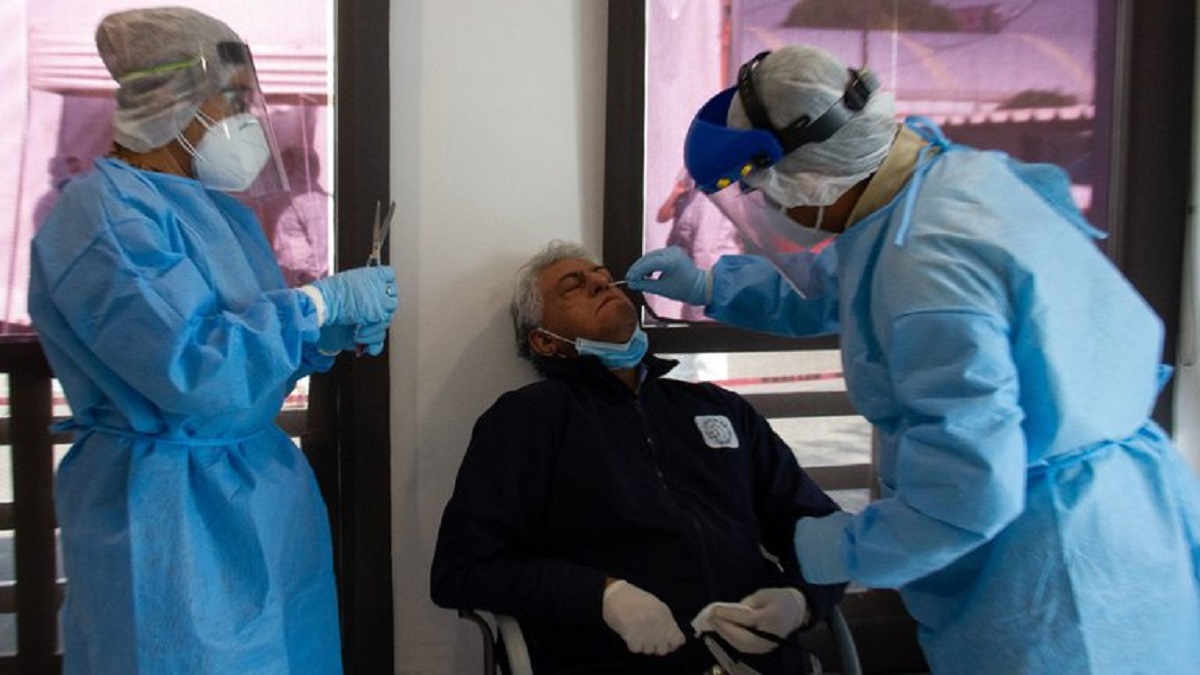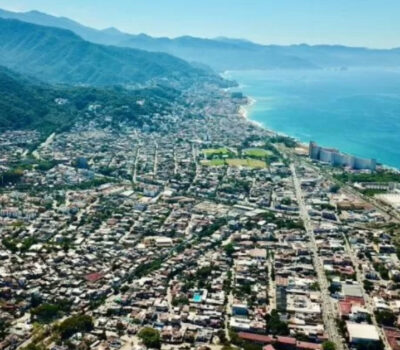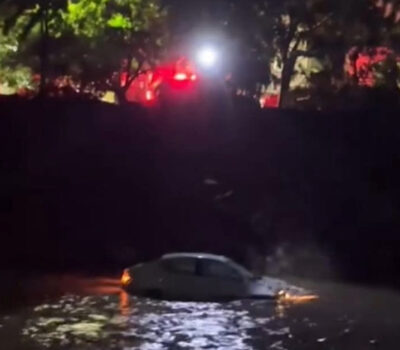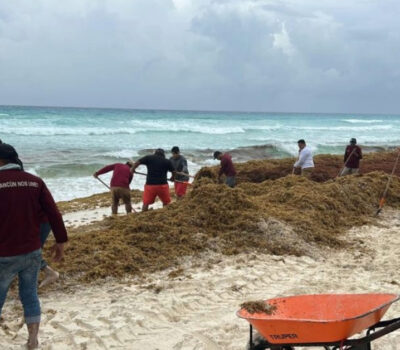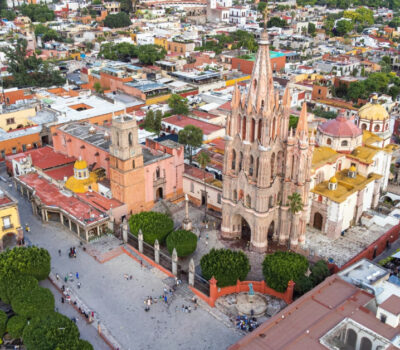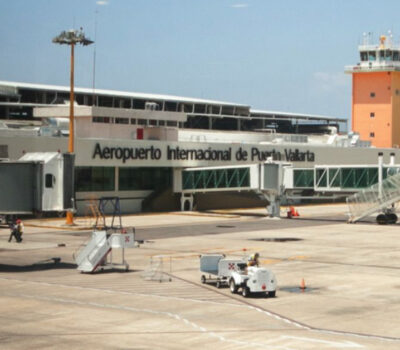As countries around the world try to get their economies back on track, the number of tests for coronavirus that test positive has become the indicator to watch. 5% is the threshold to reopen safely; 10% is disturbing, 20% outrageous.
In Mexico . . .

